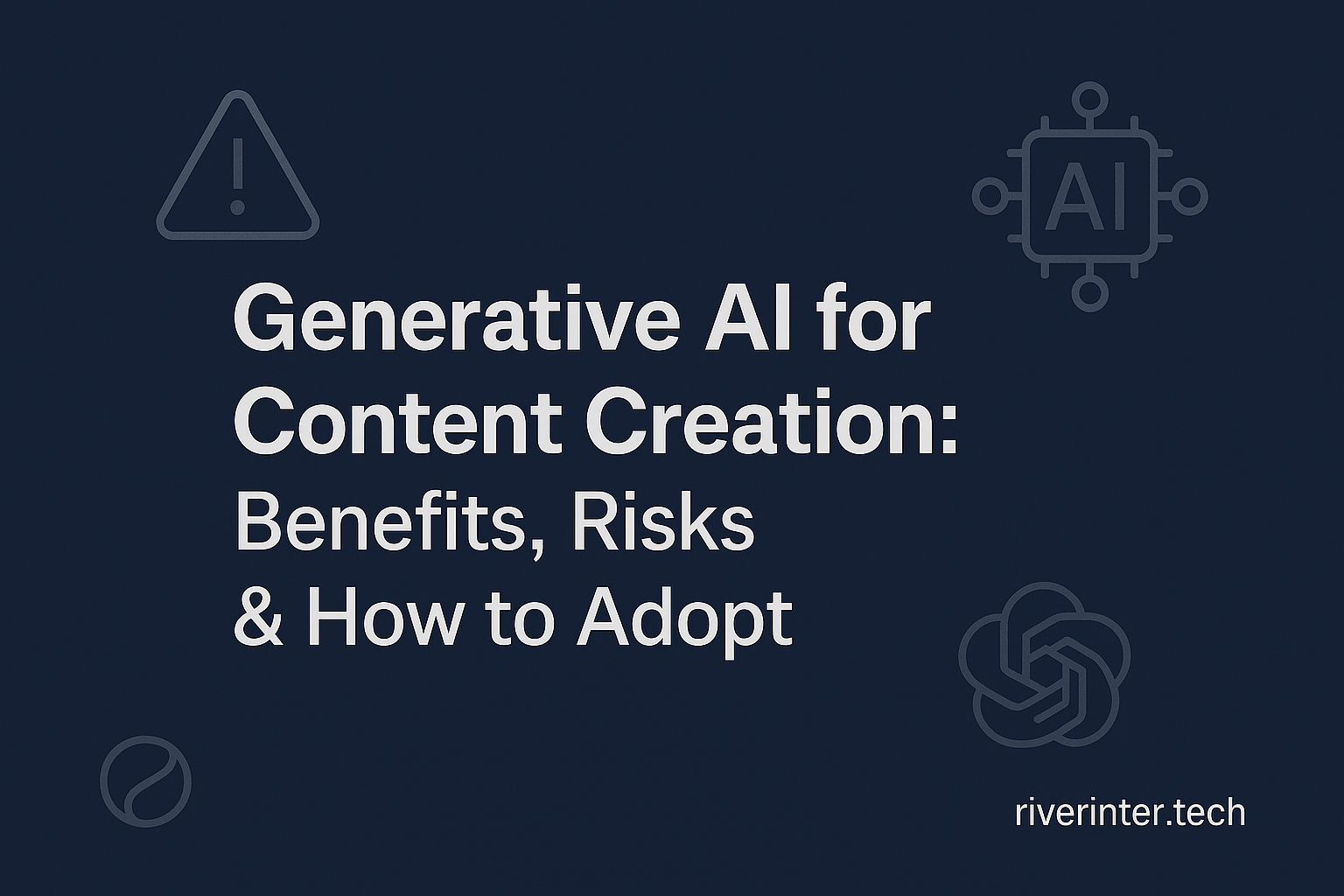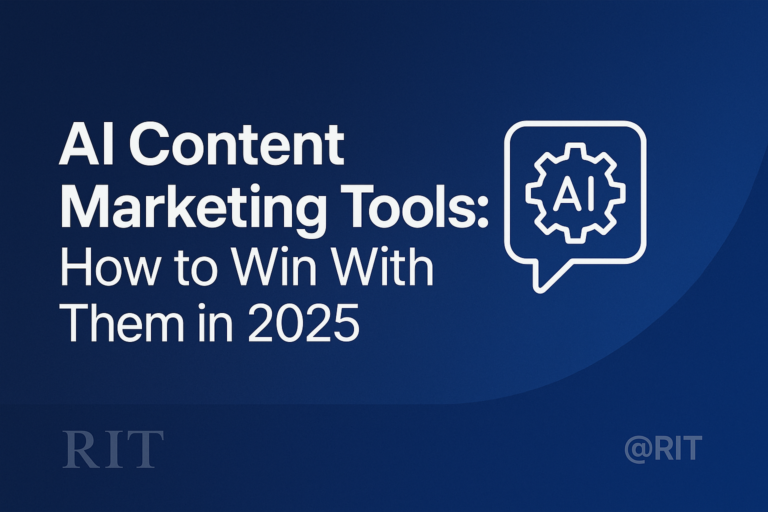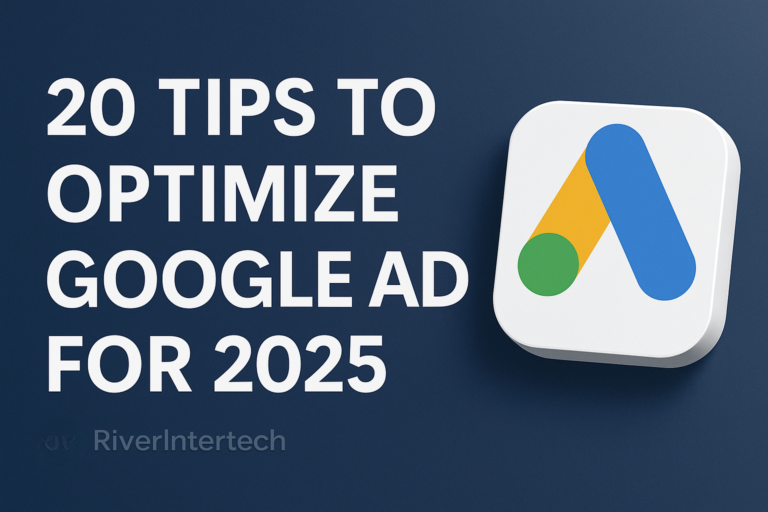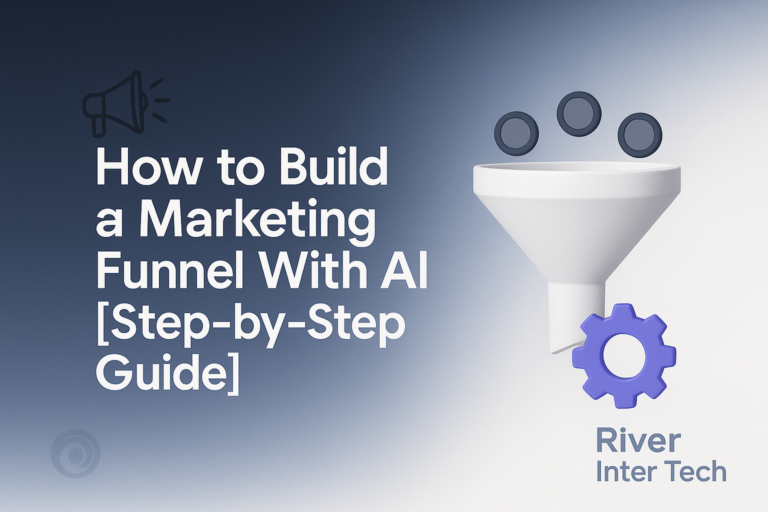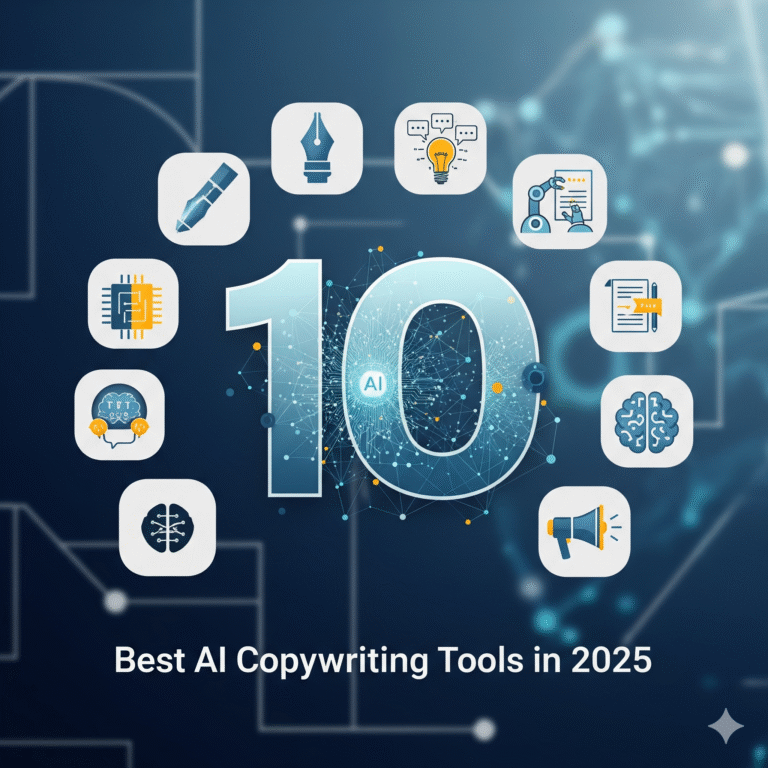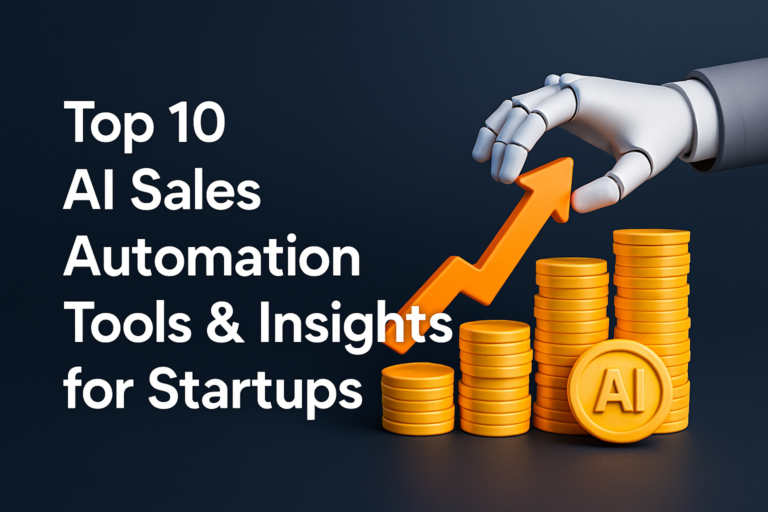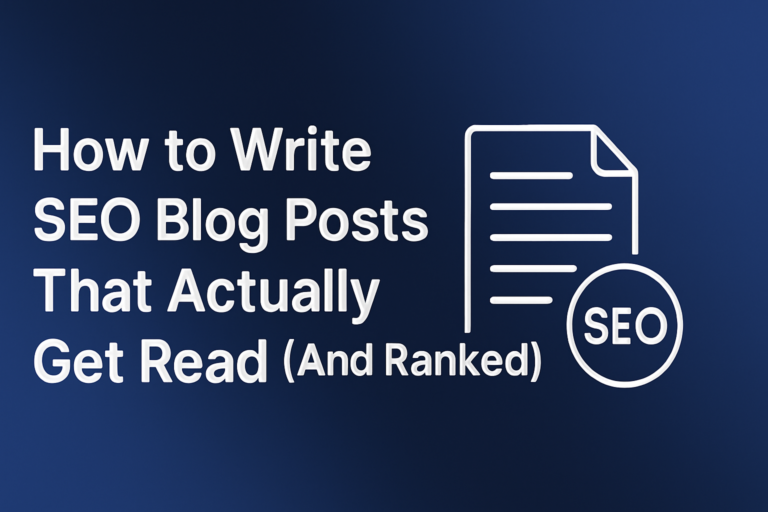Generative AI for Content Creation: Benefits, Risks & How to Adopt
It feels like you always need more content. You want social posts, blogs, and product descriptions that sound real and fit your brand. But the work seems endless. You worry if bringing in generative AI will make things easier or just cause new problems—like losing your voice or running into copyright issues.
Here’s the truth: A smart team took on this exact challenge. They tried tools like Quick Creator to see what would help and what would hurt. They tracked the time, the quality, and even the headaches. This story reveals exactly what happened, what they learned, and how you can follow their blueprint to bring AI to your workflow without losing control.
The Rise of Generative AI in Content Workflows
Generative AI for content creation means smart tools that make things—like words or pictures—on their own. Tools like ChatGPT, Gemini, Quick Creator, and others use big piles of data to write blogs, create images, or even suggest catchy headlines. These tools don’t just answer questions. They create new stuff.
Small teams and freelancers need to work fast. You want to save time and money but still make content that works and sounds right. According to HubSpot, 86% of marketers save at least an hour each day using AI tools for content creation. That’s a big win.
Why now? AI tools can draft a blog post, a tweet, or an image in minutes. Most people can’t keep up with that speed. But speed isn’t everything. Next, let’s see how one team tested these tools to see what really works.
How a Small Team Adopted Generative AI: Real-World Case Study
The Challenge
This team felt stuck. They had more work than time. Deadlines got tight, and each week, they worried about meeting their content goals.
But they didn’t want the robots to take over. They wanted their brand voice to sound true, not like a machine. Plus, hiring more writers would cost too much.
Data and Tools
First, the team measured their old way of working. Drafting and editing a blog took about four hours. They wanted to cut that.
Then, they picked Quick Creator for fast, SEO-friendly outlines and drafts. All their time and results went into Google Sheets. This way, they could see if AI truly saved time, raised quality, or increased readers and shares. They set three clear steps: AI drafts, human editing, and a final quality check.
The People
One content lead kept an eye on quality and tone. Two writers wrote prompts for the AI and did early edits. One editor made sure facts stayed true and the tone stayed on-brand.
The Adoption Framework
They didn’t jump in all at once. Here’s how they started:
- They tested AI on just one easy blog topic.
- Each task—brainstorming, drafting, editing—got timed.
- They compared AI drafts to human-only drafts for speed and for how well people engaged with the posts.
- They kept working on the AI’s prompts so the writing matched the brand voice.
- Once it worked, they used AI with more types of content, like social posts and emails.
What Did the Data Show? (Benefits and Risks Side-by-Side)
Now let’s look at what really happened.
Benefits They Measured
- Writing a blog post dropped from 4 hours to about 1.5 hours.
- The team could make twice as much content with the same people.
- Posts with AI help got just as many clicks and shares as before—sometimes even more.
- Writers felt less tired. They could spend more time on creative ideas and less on busywork.
Risks and Challenges
- About 1 in 4 AI drafts had mistakes. Sometimes the AI made up facts—a problem people call “hallucinations.”
- In 30% of early drafts, the tone drifted off-brand, so humans had to fix it.
- Some drafts reused copyrighted chunks, so they had to change their prompts to avoid legal trouble.
- The editor had to review every single piece to make sure it passed compliance and sounded right. That part was not optional.
- Some people worried that using AI too much might make writing skills weaker. But most found that AI actually let them focus on higher-value, more creative jobs.
Lessons Learned: Best Practices for Adopting Generative AI
Not everything worked the first time. Here’s what the team learned.
- Start small: Don’t try to change everything at once. Pick one type of content and measure your results.
- Always use human editors: Never publish an AI draft without a real person reviewing it.
- Build a prompt library: Save the prompts that work best for your brand. This saves time later.
- Use your own data: Train the AI on your own posts and styles for a better fit.
- Set up a system to check facts and quality. Fix AI mistakes early.
- Be open: Tell your audience if you use AI, if rules or your brand say you should.
How to Calculate ROI for Generative AI Content
Wondering if all this work pays off? Here’s a simple formula:
(Total time saved x your hourly rate) – (AI tool subscription cost) = Net monthly savings
For example, if you save ten hours each week, and your time is worth $30 per hour, and you pay $50 per month for your AI tool:
- 10 hours x 4 weeks x $30 = $1,200
- $1,200 – $50 = $1,150 net savings per month.
That’s money back in your pocket and hours freed up for what matters most.
What This Means for Small Teams and Creators
When used well, generative AI for content creation lets you do more with less. You can make more content, save time, and avoid burnout. But you always need a smart workflow and a human eye. Don’t expect magic. Instead, run your own small pilot, measure the results, and adapt as you go.
What’s the best way to start with generative AI in content creation?
Start with one simple content project. Test an AI tool, measure time and quality, and compare it with your old process.
How do you keep AI-generated content accurate and on-brand?
Always edit AI drafts with a human eye. Build a checklist for brand voice and facts.
Which tools work best for small teams or freelancers?
Try tools like Quick Creator, ChatGPT, Claude and Gemini. Choose what fits your budget and workflow.
What legal risks should I watch for?
AI can reuse copyrighted words or images. Always check for originality. Train AI with your own, licensed, or public-domain data.
How do I measure if AI is really saving me money?
Track time saved, count extra content made, and subtract what you pay for AI tools. If the numbers show you save more than you spend, it’s a win.

